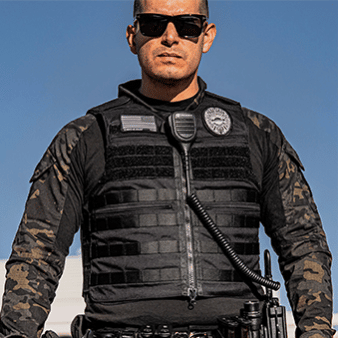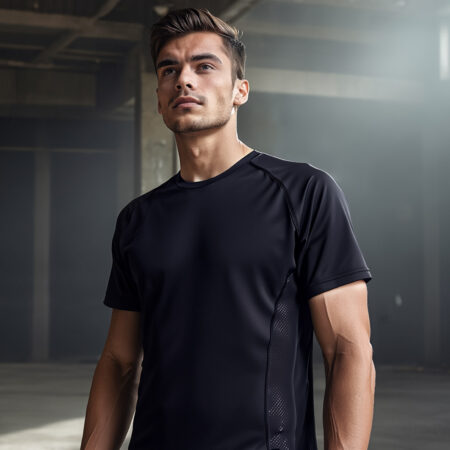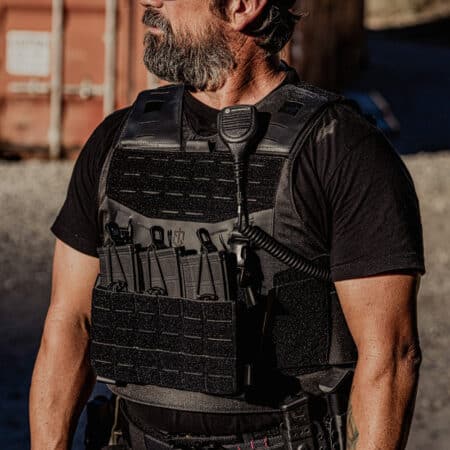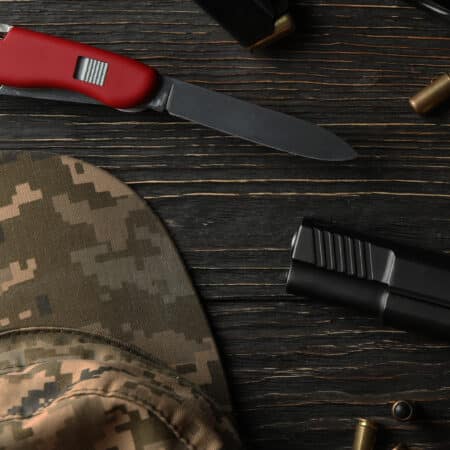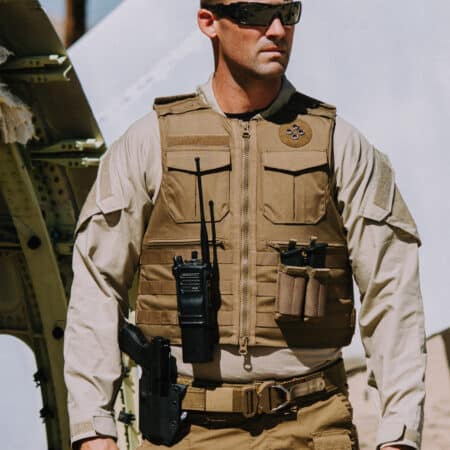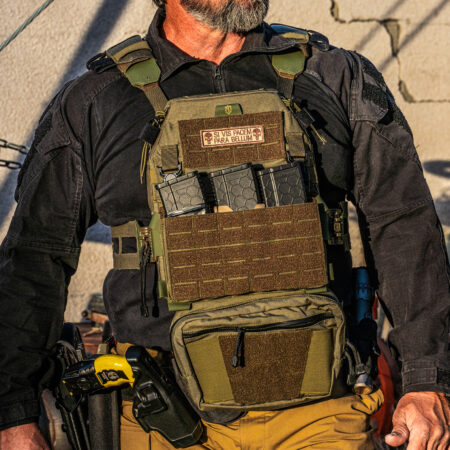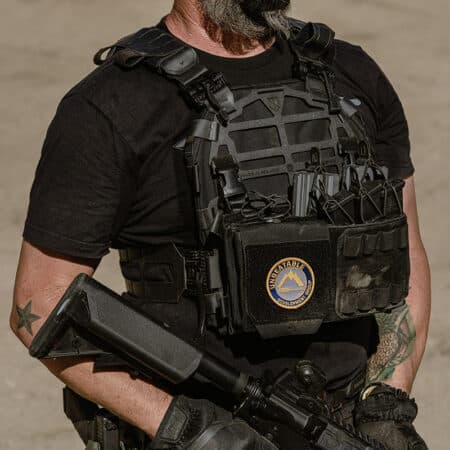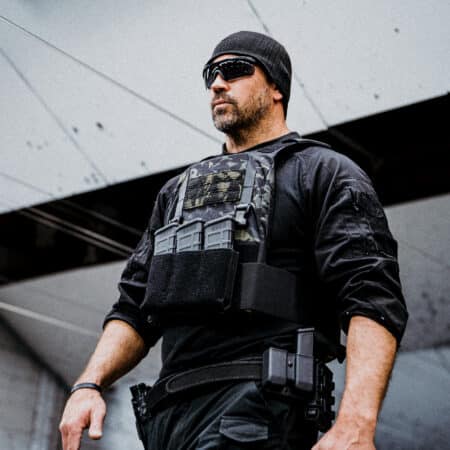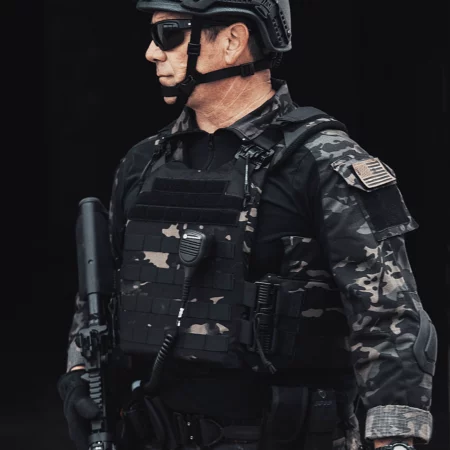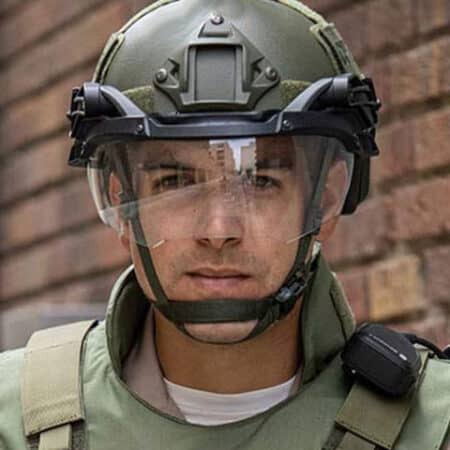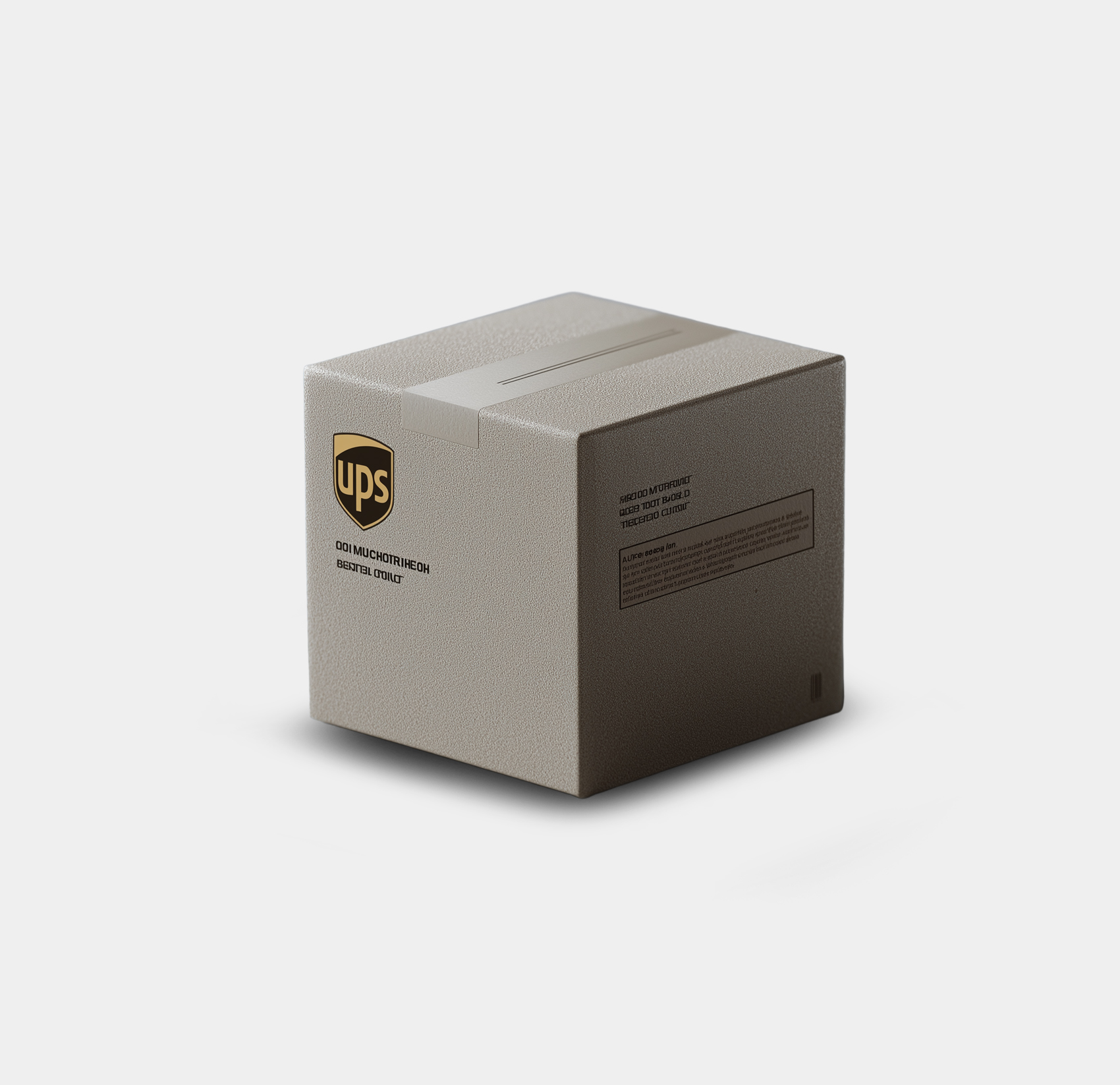In almost every facet of life, success depends upon preparation. Nowhere is this more true than in high-stress combat situations. From an average armed citizen, defending their home and family from an intruder to law enforcement officials engaging active shooters and armed criminals, combat situations are extremely stressful. They involve loads of evolving variables, and the only thing that can prepare you for them is realistic pressure training.
Therefore, many citizens and especially professionals, make sure to train regularly, performing drills, and going through various simulations. They train their marksmanship skills with various firearms, learn how to find and use cover, understand how to identify threats, and build up their physical strength and endurance.
However, to get the most realistic training experience possible, it is important to train while wearing body armor as well. Bulletproof vests are an essential piece of kit for any law enforcement officer, or private citizen who takes their protection seriously. So, in today’s post, we are going to talk about the importance of training with bulletproof vests, and how you should train with them for high-risk situations.
Key Takeaways
- Training with a bulletproof vest is important for preparing for high-risk situations.
- The weight of a bulletproof vest can hinder movement and maneuverability.
- The psychological impact of wearing a bulletproof vest can lead to overconfidence.
- Practicing proper form and technique is crucial for avoiding injuries.
- Incorporating realistic scenarios into training helps build muscle memory.
- Regular training with a bulletproof vest can improve combat performance and survivability.
Understanding the effects of Bulletproof vests on combat performance:
Firstly, it is important to understand how wearing a bulletproof vest affects combat performance. The positive impacts, like increased survivability, better protection, and higher confidence, are well known. However, there can be certain drawbacks to wearing bulletproof, most of which stem from a lack of training with the vest.
The weight of a bulletproof vest or plate carrier is one of the main concerns regarding combat performance. Body armor can be heavy, with soft armor vests weighing about 5-6 pounds on average and hard armor plate carriers being much heavier. This increased weight, paired with the weight of an operator’s gear, can significantly hinder and change how they move.
Moving on, bulletproof vests can also restrict movement and maneuverability, especially if it isn’t fitted properly. Shouldering your rifle with and without wearing a bulletproof vest are two completely different experiences, and people who haven’t trained with a vest on can sometimes find it difficult to shoulder their rifle and shoot accurately.
The psychological impact of wearing a bulletproof vest is also a major concern. Where it gives operators more confidence and peace of mind, it may also make them overconfident and give them a false sense of security. “Bulletproof” is a broad term; nothing is bulletproof; ballistic vests are actually bullet resistant, and being reckless in a combat situation can lead to devastating results even when wearing armor.
So, a bulletproof vest introduces multiple changing factors to a combat scenario, and training while wearing one can help you acclimate yourself to these factors, resulting in more consistent performance from training to real life.
Product Comparision

NIJ.06 Level IIIA (stops up to a .44 Magnum)
500D Cordura
MOLLE

NIJ.06 Level IIIA (stops up to a .44 Magnum)
500D Cordura
LASER CUT
How to do Combat Training while wearing body armor?
Various aspects of combat training can be impacted in different ways by wearing bulletproof vests. If we get into the specifics, there are loads of different ways in which you can train while wearing body armor. However, here are some general things to keep in mind.
Choose the Right Armor for Training:
First and foremost, you need to choose the right kind of body armor for training. The bulletproof vest you use for training should emulate the feeling of your active duty vest as accurately as possible.
However, that doesn’t mean that you have to use the same high-end vest you wear on duty for training as well. If you wear your vest on your job, and you need to train regularly, having a separate training vest can help you avoid putting extra stress on your duty vest. For civilians who don’t train as frequently, the same vest can be used for training and defense.
Still, ensure the vest you use for training is properly fitted and weighted.
Take things easy and build up your strength and Endurance:
Training with a heavy bulletproof vest can be quite physically demanding. They can make breathing difficult and make normal movements more fatiguing. Therefore, it is important to build up your strength and endurance. You can start with lighter vests and gradually bring them up to the weight of your active duty vest to avoid overheating or exhaustion.
This might not be a concern for police officers who wear lightweight concealed vests on duty; however, for soldiers and civilians who use heavy rifle-rates armor plates, it is very important, and a complex plate carrier setup with side plates and tactical gear can sometimes exceed 20 lbs in weight.
Practice Proper Form and Technique:
One of the most notable effects of wearing body armor is that it can change how you move. Bulletproof vests can be physically restricted, even if they are well-fitted, and when people are training with them, they tend to abandon proper technique.
Proper technique is essential for avoiding injuries while training and ensuring the best possible performance in the field.
Incorporate Realistic Scenarios:
Some people tend to equate physical training with weighted vests with training with bulletproof vests. Though simple physical training can help you get used to the weight and restricting nature of a bulletproof vest, it can help you prepare for combat-specific scenarios.
Therefore, you must train in realistic scenarios. This means going through shooting drills, performing high-risk arrests, dealing with hostage situations, and practicing de-escalation, among many other simulated exercises. This helps you build muscle memory, allowing you to access the gear on your vests and use it more efficiently on the field.
You should also train specific scenarios that heavily involve bulletproof vests. For instance, train what to do when a team member wearing a vest is shot. Practice how to remove the vest to give emergency first aid.
Train in Different Conditions:
Lastly, make sure to train with your vests in various environments and conditions. You should train in low visibility conditions, train in the rain, and in high heat. Similarly, train how to move about while wearing body armor both indoors and outdoors. Learn how to use your vests in public places, and how to use covers while wearing a vest, along with a wide range of other exercises that are essential for combat.
Challenges of training with bulletproof vests:
Too much sweating can damage your bulletproof vests:
One of the main challenges with wearing body armor while training is that it can get really dirty and smell bad because of sweating. Cleaning a bulletproof vest can be quite a task that can sometimes even damage the armor panels or vest if not done properly.
Wearing a bulletproof vest while training causes you to sweat a lot, especially in warmer and more humid environments. This can leave your vest smelling awful, and you don’t want that for a vest you use every day.
Excessive use of bulletproof vests while training leads to extra wear and tear:
Most bulletproof vests are designed to withstand rugged use. They are made from durable materials and can take the wear and tear of on-duty use. However, the additional wear and tear of training can speed up the degradation of your bulletproof vest, reducing its effectiveness over time. This is especially true if the vest is repeatedly subjected to impact or abrasion during training, as this can damage the armor panels, especially those made from Ceramic materials, compromising their ability to stop ballistic threats
Solutions:
The simple solution to these challenges is using a separate vest for training. Now, you may be thinking that this may get too expensive, but keep in mind that you don’t need ballistic protection while training. All you need is to get familiar with a vest that hinders your movement and how it feels when worn during combat. Moreover, you need to familiarize yourself with your body armor setup so that you can access all of your combat gear quickly in battle.
All of this can be achieved with a simply used vest that doesn’t need to have ballistic panels in it either. You can use weighted panels that some CrossFit athletes use for weighted training, or you can use some old used-up armor panels.
Final Thoughts:
So, in conclusion, training should simulate real-life combat as closely as possible. Therefore, you must wear your bulletproof vest while training as well. There are various ways in which body armor can be integrated into training for better combat performance, and it can present some challenges as well. Still, these challenges are easy enough to solve, and the overall benefits of training with bulletproof vests are undeniable.


